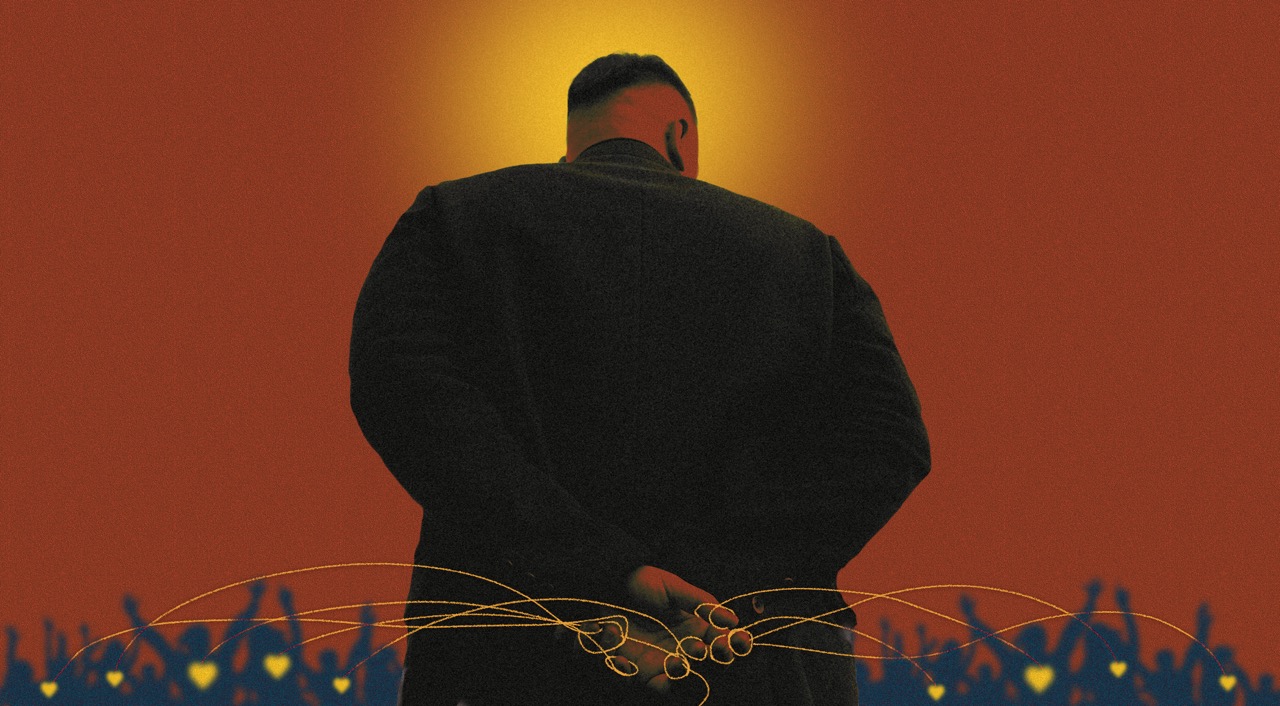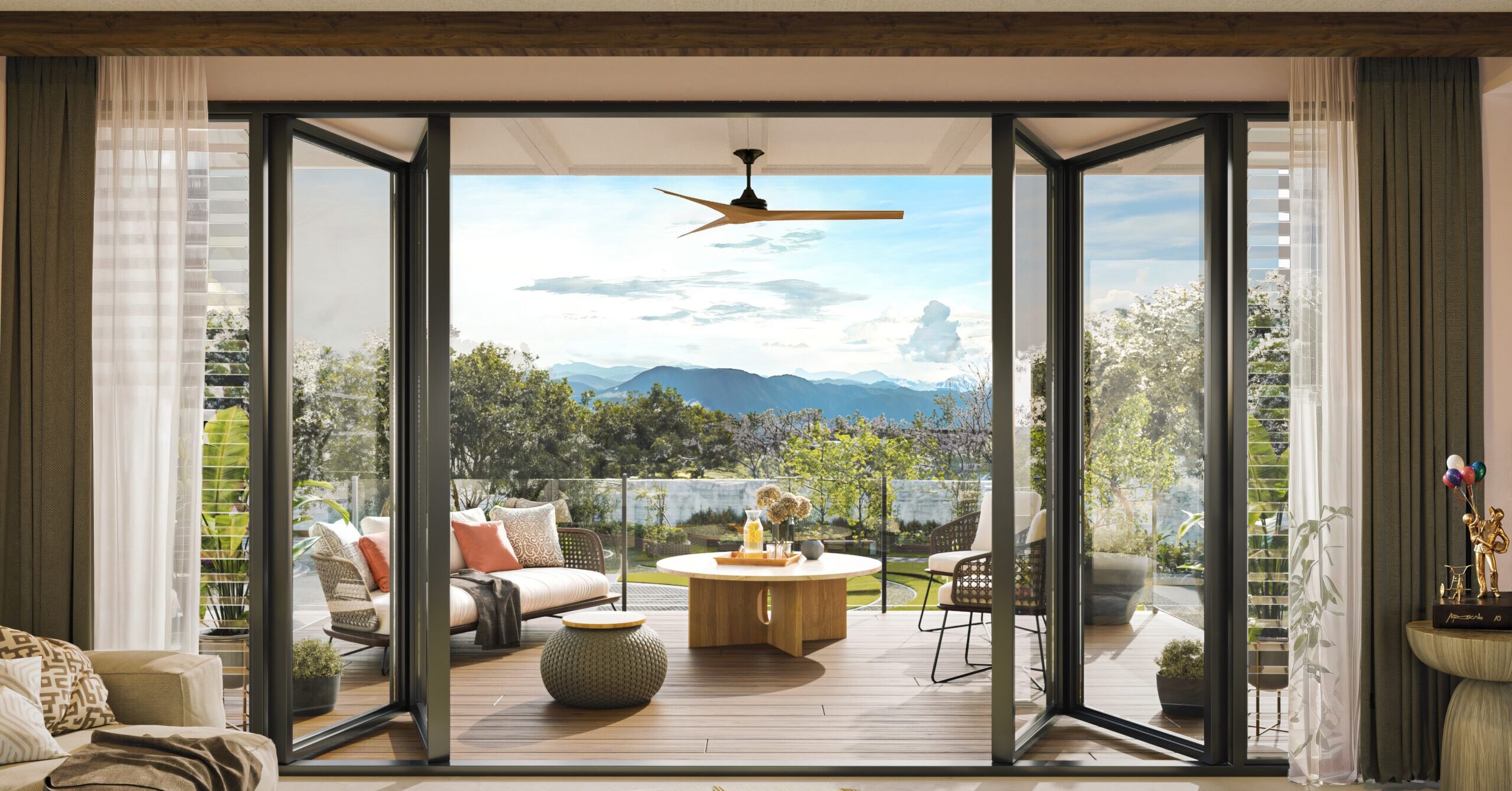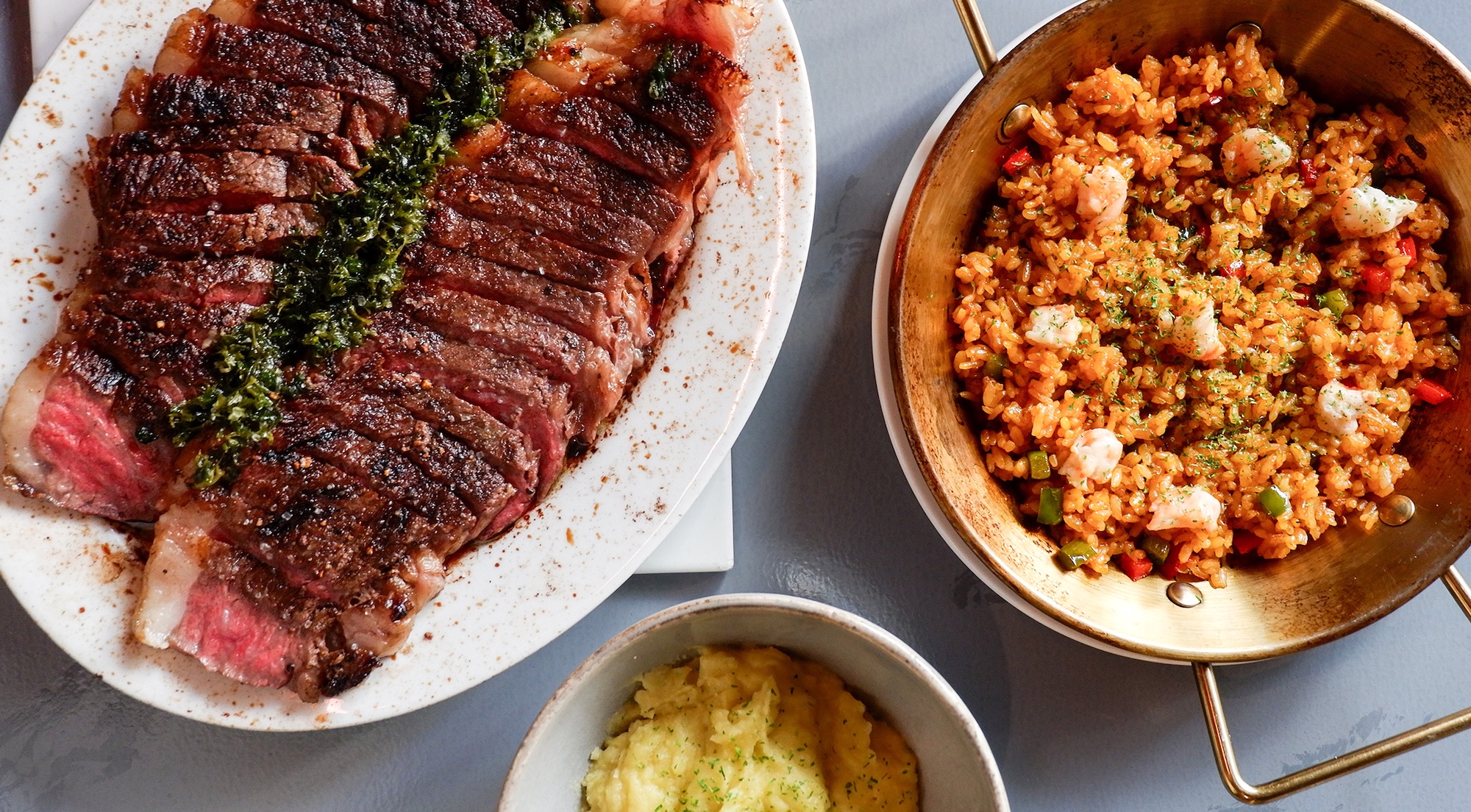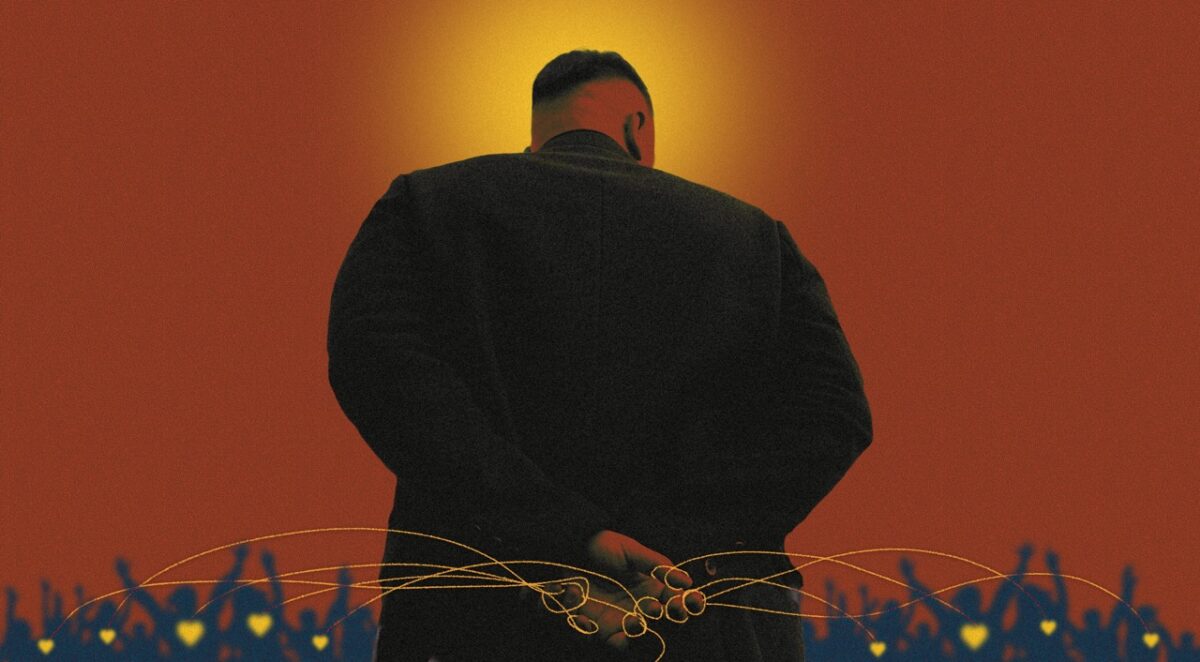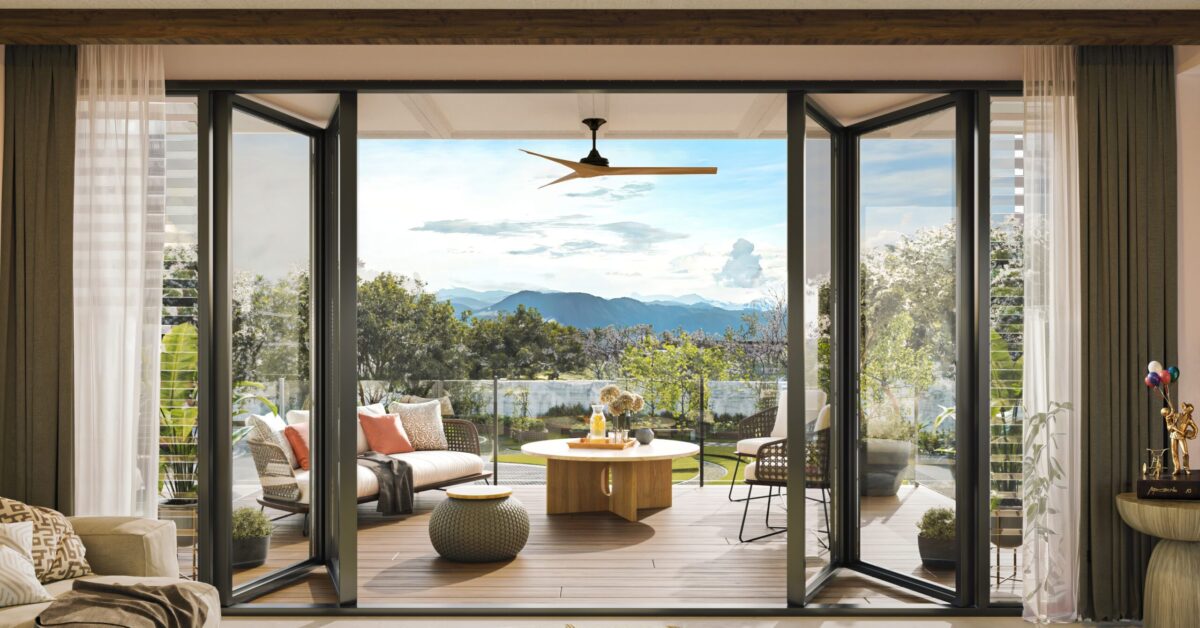There are no cafés, bars or even convenience stores. Barely any lampposts to light the streets at night. Streets are mostly footpaths and trails, not concrete.
There’s no mobile network signal either, so the addictively wired would just have to go to higher ground or find a spot on which to snag one bar with his or her phone held up in the air.
But eventually you shrug off the absence of a few urban comforts, as your attention is diverted to the natural attractions in Malico—a mountainous terrain on the border of Nueva Vizcaya and Pangasinan in northern Luzon.
At 1,300 meters above sea level, the weather is crisp and cool. Prepare a warm sweater or a bedtime snuggie for when temperatures drop further at night.
Our recent introduction to the highlands was arranged by Edgardo Amistad, corporate boss and self-confessed “mountain person” who loves high-altitude vacation spots such as Baguio and Sagada.
The trip to Malico coincided with its launch as an ecotourism destination during the first Hulpon Festival. The celebrations emphasized a culture of sharing and pagtutulungan.
Ancestral domain
An adopted son of the Kalanguya, the indigenous group that has legitimately claimed Malico as ancestral domain, Amistad took it upon himself to help out in the new community-based ecotourism initiative.
The aim is to develop Malico as a unique experience for travelers while improving the tribe’s quality of life by creating sustainable ecotourism-based livelihood.
Another goal is to protect the environment, culture and heritage of the Kalanguya, a lesser-known kin of the Igorot who have long been isolated by Malico’s relative inaccessibility.
[Related story: Tips for Malico travelers]
“We realized that the (national) highway leading to Malico is about to be finished, so a lot of people could now reach the place. But if it is not ready and there’s no planning, then it might (easily) become overdeveloped,” explained Amistad, whose expertise as president of the United Coconut Planters Bank-Coconut Industry Investment Fund (UCPB-CIIF) Foundation, the corporate social responsibility arm of the UCPB group, includes strategic planning, development and sustaining business programs.
What’s in Malico to protect from being overdeveloped?
A marvelous sight are pristine forests with trees so old they’re mute witnesses to Malico’s history.
An American tank from the Liberation period actually exists to this day, though we can only guess how it ended up in the middle of a forest in the mountains. It’s now a site for photo-ops, a war machine covered in the patina of time and cocooned by Mother Nature.
Foxholes
A different trail leads to foxholes, or tunnels, used by the Japanese during World War II, but our three-day stay could no longer squeeze in the hour-long hike (plus extra time for meandering and photography).
Nonetheless we have to be content with visits to Salacsac Pine Forest, the WWII Peace Memorial where we found Kalanguya children spending an afternoon eating green mangoes no bigger than their fists, plus the neighboring Imugan Falls.
You won’t need a guide for the hike to Imugan Falls, because the point of entry has a sign with a pretty straightforward piece of advice: “Kanan lang.” And so we did, staying on the right side all the way to the waterfalls.
At least two more waterfalls are accessible on foot.
The range of trails for hiking and trekking can satisfy varied levels of ability (and maybe enthusiasm), from the skilled outdoorsman to the uninhibited nature lover, to creatures like us with below-average fitness and stamina.
Some trails are also vantage points from which to view the sunset—whose deep oranges, reds and yellows dance over the landscape’s troughs and ridges. At dawn, catch the sunrise and breathe fresh morning air tinged with the scent of pine.
Probably the best viewing spot is the so-called “sunset viewdeck,” a 25-minute walk from the Malico entrance marker.
There we watched an immense shadow of clouds with tornado-like formations hover above the plains of Pangasinan in the distance. It looked like a scene from a sci-fi movie with spectacular effects and cinematography to depict disturbance in the cosmos—except that the shadow was actually a storm or a heavy downpour in the lowlands.
Warm, comfy beds
For bird-watching enthusiasts, there are species that, judging from the sounds we heard on our hiking trips, aren’t the usual chirpers that flutter on suburban backyards.
Travelers equipped with gear can camp out in the forest. We suggest indoor lodging for those who prefer a proper loo and warm, comfy beds.
Only two places are available at the moment, but these offer decent accommodations with good basic facilities you expect from, say, B&Bs or backpacker hostels.
The first is Amistad’s Malico Country Inn, where we were billeted. The place itself can be a tourist attraction, as the owner has furnished and adorned it with his staggering collection of antiques, tribal artifacts and local art pieces in varying proportions.
The property consists of small cabins, Ifugao-style elevated huts, separate kitchen and dining spaces. There’s a recreational nook with dartboard and foosball table.
You’ll also find a chapel, a mini museum for more of Amistad’s collection and, across the inn, a lawn for sports activities like football.
No less appealing is the alternative lodging within the compound that belongs to Manong Taynan Omallio, chieftain and one of the Kalanguya’s most-respected elders.
The homestay setup has modest rooms and beds but its spacious communal areas encourage interaction among guests, or sitting idly with a cup of warm coffee. Given early notice, Manong Taynan’s household can prepare meals and snacks for homestay guests, even for other Malico tourists.
It might soon become the place to stay in Malico for travelers with anthropologic interests, or those who simply want to hear fascinating stories—Manong Taynan has plenty to share about his tribe, their history and way of life.
Six-hour drive
Malico clearly isn’t just for the tree-hugging sort. There are many of us who wish to escape, even briefly, the sight of high-rises, the insidious traffic, air and noise pollution, and the city’s oppressive heat.
Now is the chance to do it. Pack some clothes, books, board games or implements of a hobby you have not done in a while.
Fill your car trunk with food and refreshments, then take the six-hour drive from Manila. Get excited when your ears start to pop somewhere along the upward spiral of Dalton pass en route to Malico, where you’ll meet kind, respectful people who expect only that you are kind and respectful to their environs, too.
“Malikó,” as they would say, indeed plenty of turns before reaching the place, but in these highlands and from its custodians you’ll receive a genuine warm welcome.
For Malico travel and lodging inquiries, contact 0917-8119972, 4553408 or 0919-7766378.



